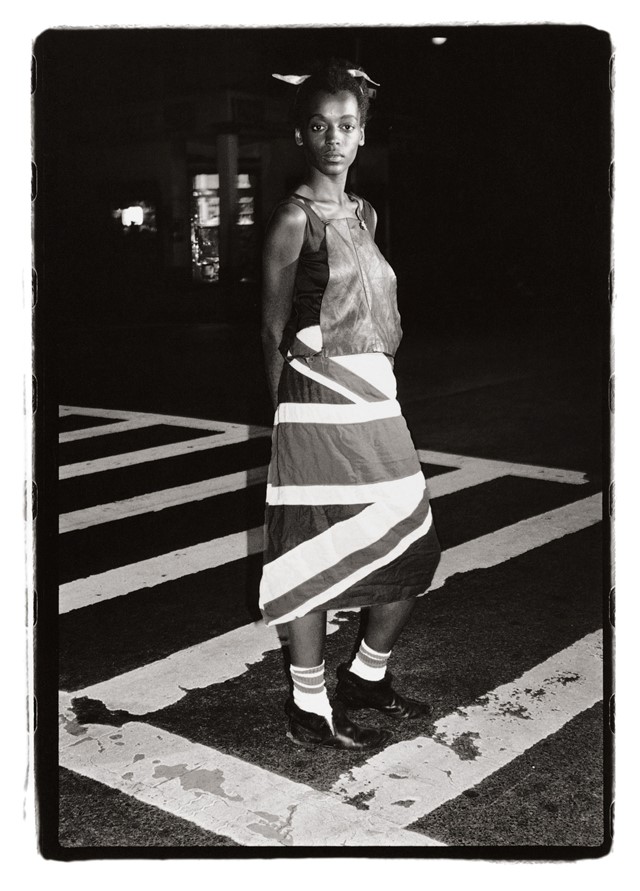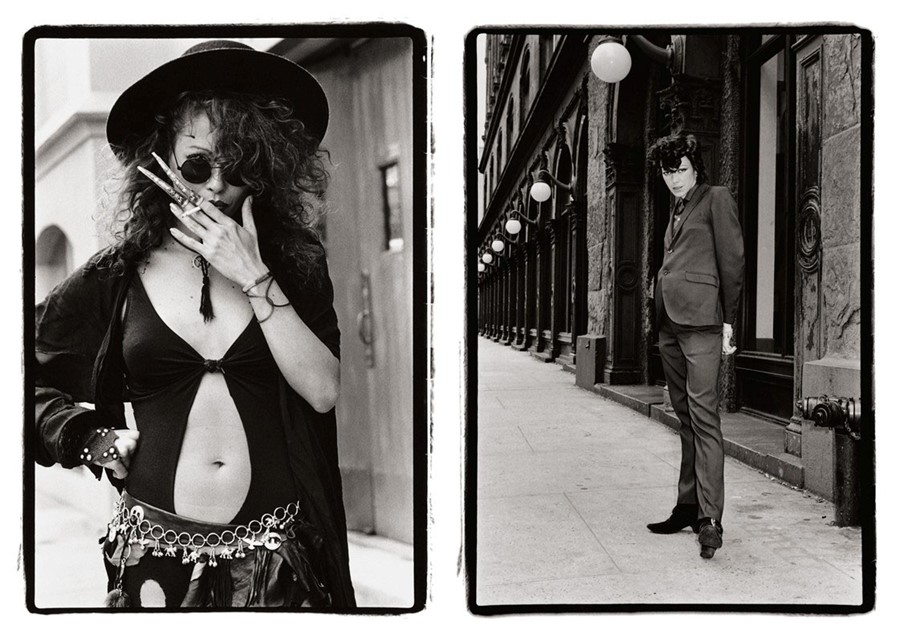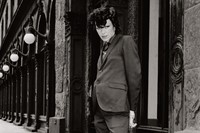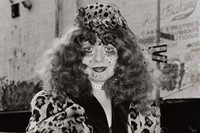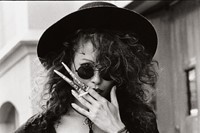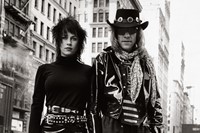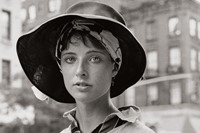From fur bikinis to Madonna's pyjamas, we speak to photographer Amy Arbus about the exhilaration of 80s fashion
Street style photography can often seem like a strange, digital-era phenomenon bolstered by fashion week bloggers and Instagram celebrities. But Amy Arbus was doing it way back when, starting out in the 1980s as The Village Voice's style photographer and documenting the outfits of everyone from Andre Walker to The Clash before they became notorious.
The daughter of the legendary Diane Arbus, who trained under Richard Avedon, Amy's approach to portraiture is simultaneously captivating and inspiring; whether she is catching Madonna in her pyjamas or Phoebe Lègére in a fur bikini, her images tell the story of a time when New York subculture was at its peak, and what you wore grocery shopping had a competitive edge. We spoke to Arbus to find out a little more about the stories behind such iconic images, and what inspired her career.
On getting started in photography…
“Both my parents were photographers and so I never thought I’d become one because I felt like that was taken care of, it seemed sort of redundant! But then, after my mother passed away, I felt this huge loss – not only of my parents, but photography itself. All of my friends knew that I was a photographer way before I figured it out because whenever I told a story, I always told it in visual terms. So, I started taking photographs one day and I immediately knew it was something I had a knack for and a unique understanding of.”

On Richard Avedon…
“He changed my life, he really empowered me and gave me not only a license but a responsibility to contribute to the medium in a significant and personal way. I had never taken myself that seriously until I met him in 1992. I became a photographer to have an interesting life; I had a really romantic view of what my mother’s life was but, once I started getting involved and trying to make a living as a photographer I realised how freaking difficult it was. But it was not dull. And I went off to places that I would never have thought to go and met these people I would never have met. There’s a lot of non-verbal communication, chemistry, it’s a lot about making snap decisions of how somebody needs to be treated or wants to be treated and I find that really interesting. I mean, 30 years later I’m still not remotely bored of it. I’m intrigued.”
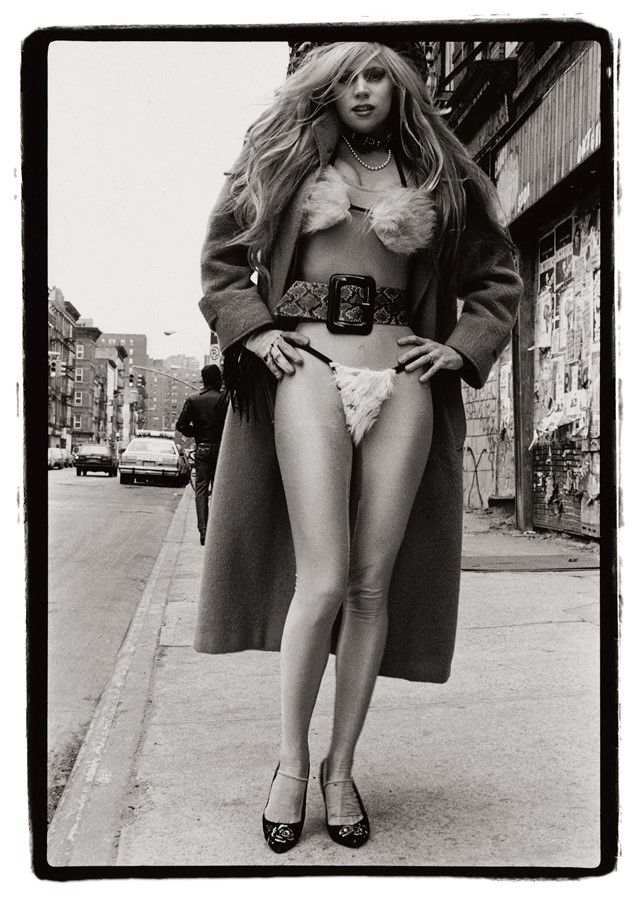
On starting at Village Voice...
“I had done some street fashion in Boston before I came to New York and I went to the Voice with a portfolio that I had taken of one woman, my friend Jan Collins. But they offered me a job on speculation, trying this column out for three months, and then it became a half page, a full page… and it ran every month for ten years! All they said to me was 'take a picture of anyone who makes you turn your head' and I thought, 'what a great description!' Ultimately, we realised that I was finding the kids that the high fashion designers were ‘borrowing’ from for their high fashion, so what they were doing was very important and revolutionary.
In those days, it was a huge compliment to be published in the Village Voice; it was like getting an award for your creativity. People were so honoured and it turned into this absolutely fabulous thing. Sometimes, when I would stop people, they’d be like 'oh my god, where have you been? You’ve photographed a friend of mine, I’ve been waiting for you to come along!’”

On Madonna…
"I had about seven exposures, and it only took about four minutes! I said ‘I’m working for the Village Voice doing a style page’ and she said ‘that’s so funny, they’re reviewing my first single this week’. I think that was Everybody. Then I called her later on to ask what she was wearing and she just said, ‘I had my pyjamas on’. I just thought she looked fantastic, but she was wearing probably 48 cents worth of clothing. She really pulled that together."
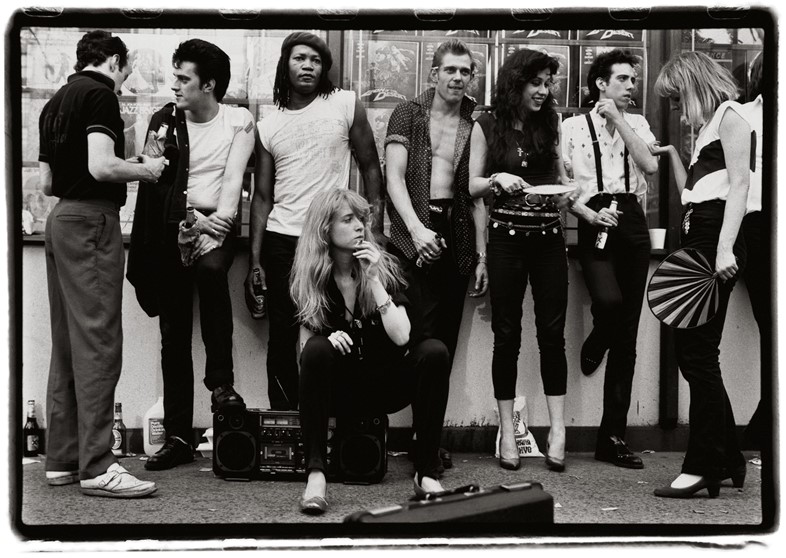
On The Clash…
“I was in love with The Clash. One day, I was just walking down Broadway and it turned out that they had been asked by Martin Scorsese to be extras in The King of Comedy so they were just standing there, waiting for their 15 seconds of fame. They looked so amazingly fabulous that I took a few frames and then walked on. When I eventually saw the movie, they had basically been cut from it and were there for a millisecond. So it was surreal that I was able to capture that moment. They looked great, and they looked so natural because I didn’t engage.”
